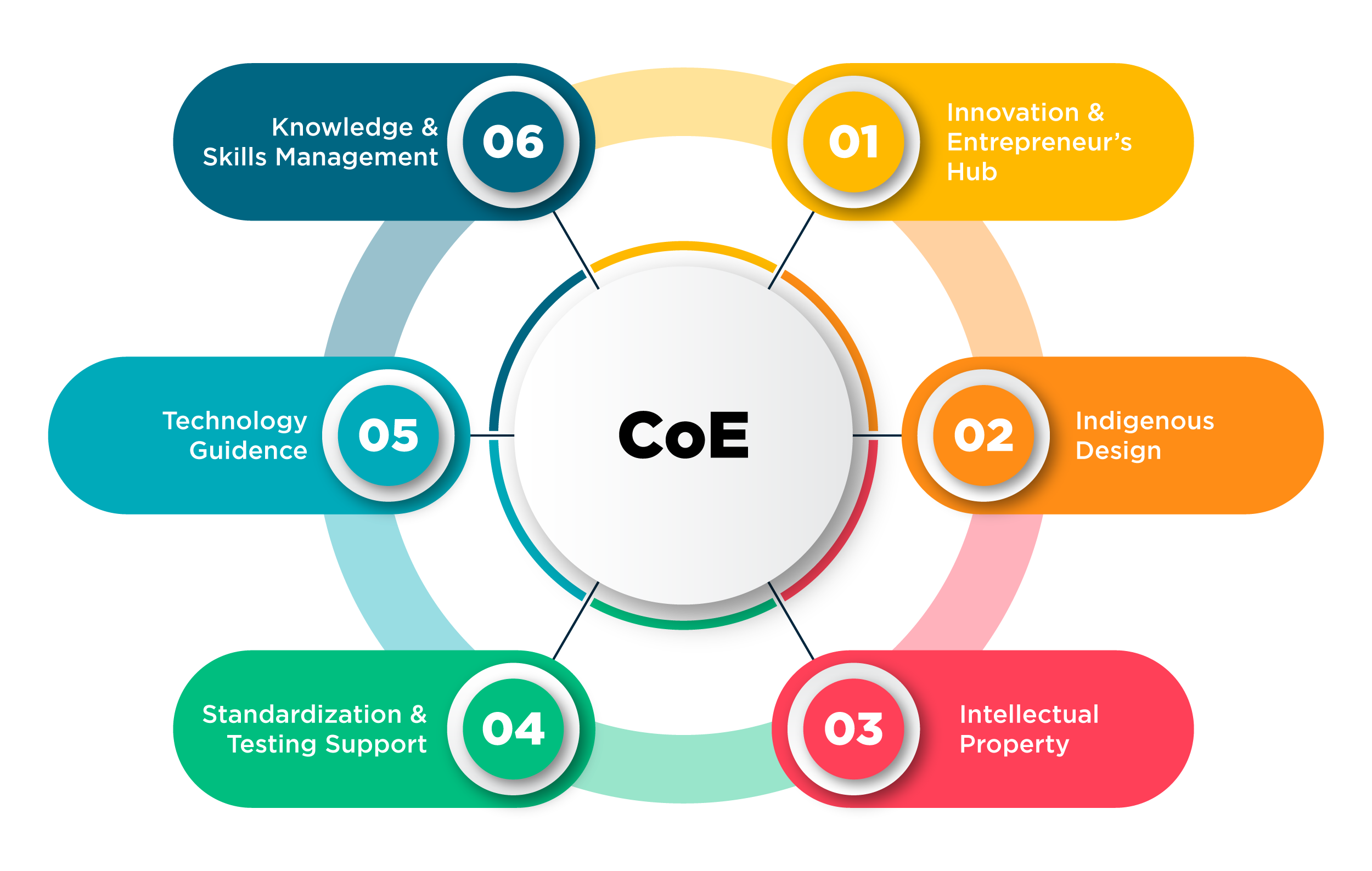The Importance of CRM Center of Excellence

Introduction
In today’s digital age, customer relationship management (CRM) has become a crucial aspect of business success. With the rise of CRM platforms like Salesforce, organizations are realizing the need for a dedicated team to manage and optimize their CRM efforts. This is where the CRM Center of Excellence (CoE) comes into play. In this blog, we will explore the importance of CRM CoE, its role in organizational success, and the challenges and tools involved in setting up and running a successful CoE.
Why Do We Need CRM CoE?
First and foremost, every organization that uses a CRM system should have a CoE in place. The CoE acts as a bridge between the business and IT departments, ensuring alignment and effective communication. Additionally, the CoE helps to establish and enforce policies and regulations, ensuring data security and compliance.
Furthermore, a CoE is essential for ensuring the efficiency and effectiveness of CRM processes. As organizations grow and scale, they need a scalable architecture and platform capabilities. The CoE plays a crucial role in managing and optimizing the CRM system to meet the evolving needs of the organization.
Another important aspect of CRM CoE is governance and data protection. Whether an organization has one or multiple Salesforce instances, it is vital to protect the data and metadata. The CoE ensures that proper governance and data protection measures are in place, safeguarding sensitive information and maintaining data integrity.
Moreover, the CoE acts as a trusted advisor for both the IT and business departments. By providing insights and driving innovation, the CoE helps organizations leverage the full potential of their CRM system. Ultimately, the success of a CoE lies in its ability to help the business realize the value of CRM and drive growth and profitability.
The Role of CRM CoE in the Organization
Now that we understand the importance of CRM CoE, let’s dive deeper into its role within the organization. The CoE can operate in two main models: centralized and matrix.
In a centralized model, the CoE takes on end-to-end responsibilities for CRM delivery. This includes planning, strategy, implementation, and post-delivery support. The CoE acts as a one-stop-shop for all CRM-related activities, ensuring a seamless and efficient process.
On the other hand, a matrix model involves the CoE as an enabler, while other teams handle specific facets of the CRM project. The CoE provides governance, guidance, and expertise, ensuring consistency and best practices across the organization. This model allows for more flexibility and collaboration between teams.
It is worth mentioning that the CoE’s responsibilities can vary depending on the organization’s structure and industry. However, the core focus remains the same: to enable, govern, and optimize the CRM system to drive business value and success.
Measuring the Success of CRM CoE
Measuring the success of a CRM CoE is crucial for demonstrating its value and impact. There are several key performance indicators (KPIs) that can be used to assess the effectiveness of a CoE.
Firstly, delivery metrics play a significant role in measuring success. These metrics include deployment frequency, lead time for changes, mean time to recover, and change failure rate. By tracking these metrics, organizations can evaluate the efficiency and speed of their CRM delivery process.
Secondly, governance controls and compliance are essential for maintaining data integrity and protecting sensitive information. Measuring the effectiveness of governance controls, such as user management, release management, and environment management, helps ensure that the CRM system is being used optimally and securely.
Operational metrics, such as cost management, user adoption, and license management, provide insights into the overall operational efficiency of the CRM system. These metrics help identify areas for improvement and optimization.
Lastly, the ultimate measure of success lies in the business value generated by the CRM system. This can be measured through metrics like customer satisfaction, revenue growth, and cost savings. By demonstrating the impact of the CRM system on business outcomes, organizations can justify their investment in CRM CoE.
The Challenges and Tools of CRM CoE
Setting up and running a successful CRM CoE comes with its own set of challenges. Implementation challenges include understanding the organization’s structure, aligning IT and business departments, and securing leadership engagement. It is crucial to have a clear vision and purpose for the CoE and to effectively communicate its value to stakeholders.
Operational challenges involve collaboration and communication between teams, managing costs, and ensuring proper staffing and training. Additionally, change management plays a critical role in driving adoption and ensuring the success of the CoE. Organizations should invest in tools and programs that facilitate change management and enable effective communication and collaboration.
Some of the tools and programs that can be utilized by CRM CoE include project management software, collaboration tools, training platforms, and analytics tools. These tools help streamline processes, improve collaboration, and provide valuable insights for decision-making.
Conclusion
In conclusion, CRM CoE is a vital component of any organization’s CRM strategy. It ensures alignment between the business and IT departments, establishes governance and data protection measures, and drives innovation and business value. By measuring success through delivery, governance, operations, and business outcomes, organizations can demonstrate the value of their CRM CoE. Overcoming implementation and operational challenges, and utilizing the right tools and programs, are crucial for establishing and running a successful CRM CoE.
